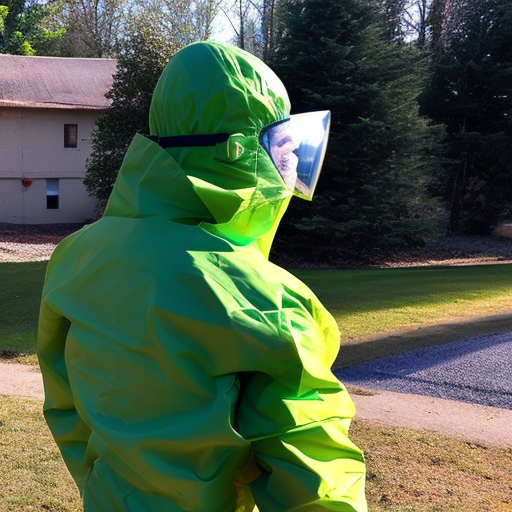The Allee effect is an important concept in population and community ecology, which states that a population can only persist if it is sufficiently large, i.e. it has a certain minimal population size. Below are some examples of an Allee effect in nature:
- Social Species: For social species such as primates, the Allee effect includes the cost of group formation and defence against predators. Without a large enough population to provide collective support, there is an increased risk of mortality or lack of reproduction.
- Resource Availability: If a species depends heavily on resources in a specific habitat or area, the Allee effect will be more pronounced, as individuals require more resources to survive and reproduce. This could manifest in increased competition for space, resources, or mates as the population size decreases.
- Pollination: Some plants rely on pollinators to reproduce. If the population size of pollinators is too small, they may not be able to find enough pollen for successful pollination, leading to the Allee effect.
- Inbreeding: In breeding populations, the Allee effect is present due to the increased risk of inbreeding depression. As the population size decreases, the likelihood of mating with close relatives drastically increases, leading to a decrease in fitness and an increased risk of extinction.
The Allee effect has important implications for conservation and management of species, as it highlights the importance of maintaining a certain minimum population size in order to ensure long-term survival. By understanding the Allee effect, conservationists can better understand the potential risks and devise strategies to ensure the survival of vulnerable species.

